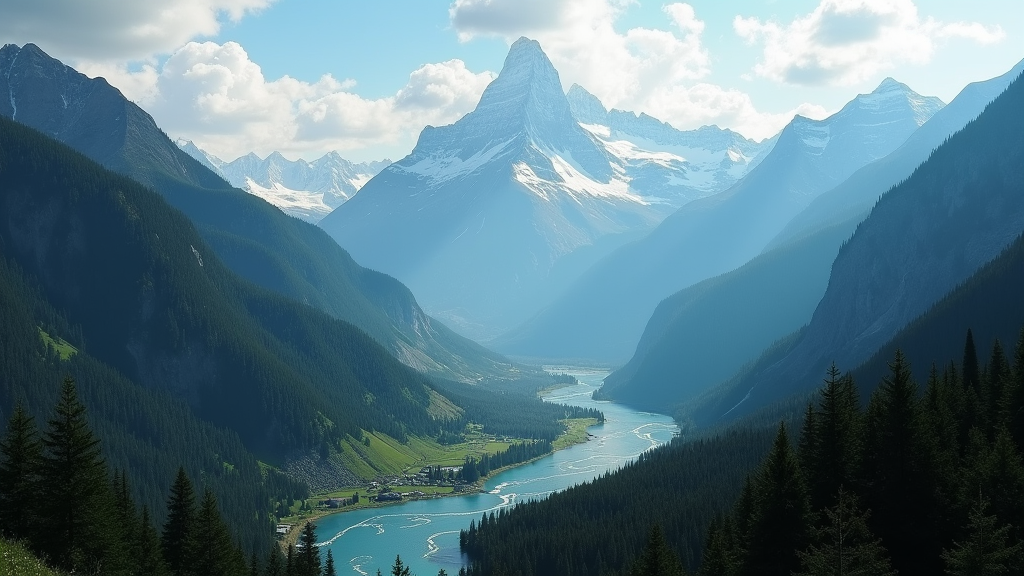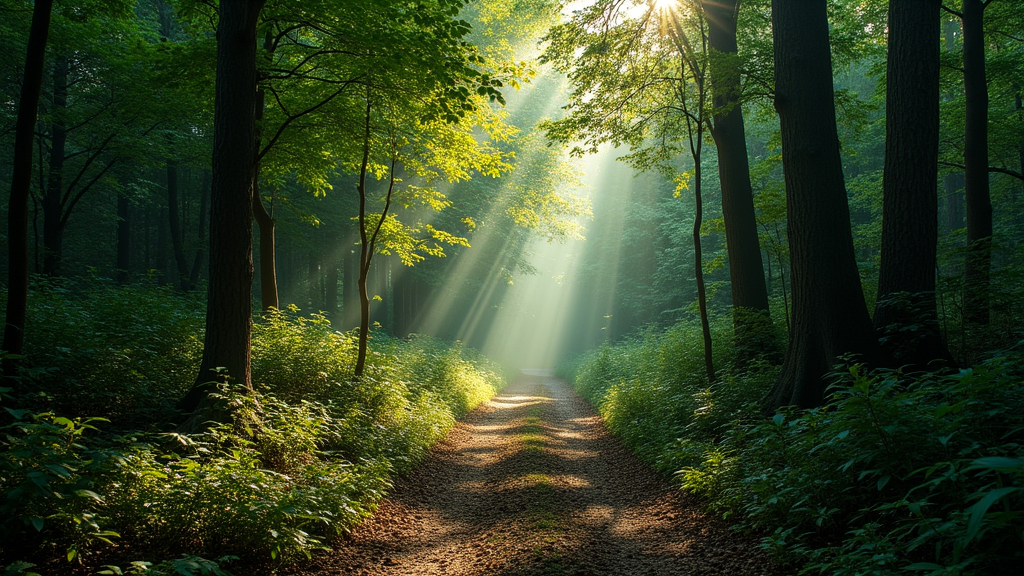Traveling to a new adventurous country can be both exciting and a bit nerve wracking. Imagine stepping into wild national parks, tackling epic hiking trails, or finding your way through unfamiliar cities on your own. Every trip is a chance to explore, but a little preparation goes a long way in making the adventure smooth and memorable. Here are key things to always keep in mind before hitting the road, especially when adventure is the main goal.

Getting Prepared: Adventure Travel Essentials
A new destination brings new challenges, especially if you’re planning activities like hiking, backpacking, scuba diving, or taking a road trip through scenic routes. Doing some prep work makes a huge difference, and here’s what I recommend sorting out as you get ready:
- Research Entry Requirements: Some countries have strict visa rules or want proof of onward travel. Double check those details well before you fly. Websites like the U.S. State Department are handy for updated info and official travel advice. You’d be surprised how often last minute regulation changes catch travelers off guard.
- Get Travel Insurance: I can’t emphasize this enough, it’ll get you covered for a lot of things for a fraction of the price of would pay for if God forbid something goes wrong. Adventure usually means some risk; think diving, hiking, or exploring off radar spots. Not all regular travel insurance covers extreme sports, so read the fine print and upgrade if you need to.
- Vaccinations and Health Prep: Some adventurous places require shots for yellow fever, hepatitis, or other region specific diseases. Your family doctor or a travel clinic can guide you on what’s needed for your journey. Pack a small medical kit with essentials—bandages, antiseptic, and any prescription meds.
- Plan Adventure Gear: Pack based on what you’ll be doing. Think sturdy hiking boots for trails, a reliable waterproof backpack, and lightweight travel gear. Often, renting bigger items like climbing equipment or diving suits locally makes it easier since you’ll avoid extra baggage fees, just do some research before hand and ensure rental of such items is available and is of good quality. It won’t hurt to research the rental price before hand either to make sure the locals don’t rip you off.
Understanding the Terrain: What Makes The Country Unique?
Each country has its own wild side. Maybe there are famous hiking routes, legendary scuba spots, or scenic drives that seem to go on forever. Before planning out adventures, make sure to check out these basics:
- Outdoor Access and Permits: Some hiking trails or national parks need advance bookings or special permits, especially in places with delicate ecosystems. Permits can sell out in peak seasons, so planning ahead helps prevent last minute surprises and keeps your travel plans smooth.
- Weather and Seasons: Adventure activities depend a lot on weather changes. In certain places, trails close during rainy times due to landslides, or diving is only possible when ocean currents settle down. Looking up seasonal trends and climate data before booking your adventure helps in packing the right gear and scheduling your trip.
- Wildlife and Environmental Hazards: It’s smart to learn about local animals, insects, or plant life. For example, you can always pack insect repellent where mosquito borne illnesses are common, and check out how to stay safe with large animals like bears or monkeys in nature reserves.

Staying Safe: Smart Moves for Adventurous Travelers
Safety is a top priority, especially when stepping outside your comfort zone. Here are things to never skip when on the road:
- Local Laws and Customs: Rules for adventure activities change in each country. Something like wild camping might be fully allowed in one place but not allowed elsewhere. Checking official tourism websites and reading recent experiences in online travel groups can help keep you out of trouble.
- Basic Emergency Prep: Save local emergency numbers (ambulance, police, and mountain rescue if available). Some places use apps for alerts about natural disasters or trail closures, so they’re worth downloading before arrival. Having an emergency contact card or info written on your phone helps, too.
- Solo Travel Tips: When traveling solo, stick to well used trails and always let a friend or family member know your itinerary. Don’t be shy to ask hotel or hostel staff for local safety tips. In case language barriers worry you, translation apps like Google Translate or handy phrasebooks make a big difference there’s even instant translating headphones available now, I won’t vouch for them since personally i haven’t used any of them.
What to Pack for Adventure in a New Country
Packing for adventure usually means keeping things light, but making sure you’re prepped for anything. Your typical checklist should include:
- Adventure Backpack: A comfortable, waterproof pack with enough room and pockets for extra gear.
- Outdoor Essentials: Bring a water filter or purifier, reusable water bottle, snacks, headlamp, offline map or GPS, power bank, compact first aid kit, and multiuse tools.
- Weather Ready Clothing: Quick drying shirts and pants work better than heavy cotton. A reliable rain jacket and sturdy shoes help when weather changes fast, especially in mountainous or coastal regions.
- Documents & Money: Carry copies of your passport, insurance, and emergency contacts in both digital and paper form. Local cash is vital in regions where ATMs aren’t always working—or where cards might not be taken at all.
Challenges to Watch Out For in New Countries
Adventure travel often means facing the unexpected, which brings its own thrill but also some hurdles. Here are a few you’ve probably run into or may run into:
- Getting Lost (Even With GPS): Trails might not be clearly marked, and GPS doesn’t always work in deep forests or mountains. Download offline maps, carry a compass, and practice basic navigation skills just in case.
- Dealing With Altitude: High elevation areas can bring on altitude sickness. Move slowly, rest often, stay hydrated, and learn the signs of altitude sickness so you know when to seek help.
- Weather Surprises: Sudden thunderstorms or heat waves can throw off your plans. Check weather updates several times a day and look for and mark a few backup spots to take shelter if needed on your way.
Staying Healthy
Standards for food, water, and hygiene change from country to country. I always opt for bottled or filtered water, especially on the trail. Trying street food is awesome, but stick to stalls that look clean and have lots of customers since that usually means safe turnover and for my Muslim folks, of course, make sure its halal.
Communication Barriers
Not everyone you meet will speak English, so it’s useful to learn a few phrases in the local language. Offline translation apps and basic phrasebooks make interactions smoother, helping you ask for directions, order food, or get emergency help. Sometimes, even just smiling and using gestures can go a long way.
Pro Tips for Adventure Seekers
Doing the little things right can make a big difference for adventure travel lovers:
- Connect With Local Guides: Local guides often know the area, hidden gems, and insider tips better than any book or app. Even if you enjoy solo travel, joining a guided group hike or tour for a day can open up new experiences and give insights you wouldn’t stumble upon alone.
- Download Offline Navigation: Apps like Maps.me (Rating 4.3/5) or Gaia GPS (Rating 4.5/5) are useful because cell service can vanish quickly in remote regions. Having offline access lets you check your route anywhere, at any time. Although make sure to check out the apps before hand, as some features require premium subscription and do a quick ChatGPT search on both to know more (Prompt: “Pros and cons of Maps.me and Gaia GPS”).
- Pack for Flexibility: Plans can change; maybe a storm rolls in, a road closes, or you make new friends with a better plan. Keeping a loose schedule and carrying versatile gear lets you jump into new opportunities whenever they come up.
Adventure Gear Check: What Works On The Road
Always fine tune your gear. These go-to items will make you trips both safer and a whole lot more fun:
- Multitool: Useful for campsite repairs, food prep, or fixing gear on the fly.
- Portable Charger: If you use your phone for navigation or translation, this is a must. A solar charger helps on long trips off the grid.
- Dry Bags: These keep electronics and clothes safe from rain or river crossings.
- Travel Towel: Fast drying towels are a must—they pack small and dry overnight, even in humid climates.
Frequently Asked Questions About Adventure Travel in New Countries
Q: What’s the first thing I should do when I arrive?
A: Always connect to Wi Fi, check for up to date local info about weather and safety, and let someone back home know you’ve reached your destination. Kicking things off prepared helps set a relaxed tone for your adventure.
Q: How can I keep my valuables safe?
A: Use a money belt or neck pouch under your shirt or jacket, and only take along what you need for the day, rest goes in the hotel room locker. When staying in places with shared rooms, a small but strong padlock for lockers is handy for peace of mind.
Q: Is it safe to go on adventure trips solo?
A: With good planning and smart decisions, solo adventure travel can be incredibly rewarding. Trust your instincts, keep in touch with family or friends, and avoid risky situations like hiking alone at night or visiting remote spots after dark.
Final Thoughts for Adventurous Travelers
Exploring new countries as an adventure traveler is one of the best ways to see the world, soak up cultures, and push your boundaries. Preparation, research, and the right gear are all super important, but the best part comes from staying curious and flexible, always ready for whatever comes your way.
Whether you’re set to jump into national parks, climb new heights, or hit the open road, each adventure will shape your ride and give you memories that last. Get out there, stay safe, and always remember—the world is full of good surprises if you’re open for them.
Last but not the least, The Deep search function on ChatGPT is your best friend, just make sure to use a concise prompt that will answer most of your questions about your destination and what activities are possible, the timing of said activities and required items if any.
Comment if you have any questions or want a good prompt for the deep search.
Using 1 or 2 prompts is best if you don’t have the premium feature since only 5 deep searches are available in 24 hours. Of course regular searches will still be available if you run out and always try to verify the important information as AI can make mistakes.
